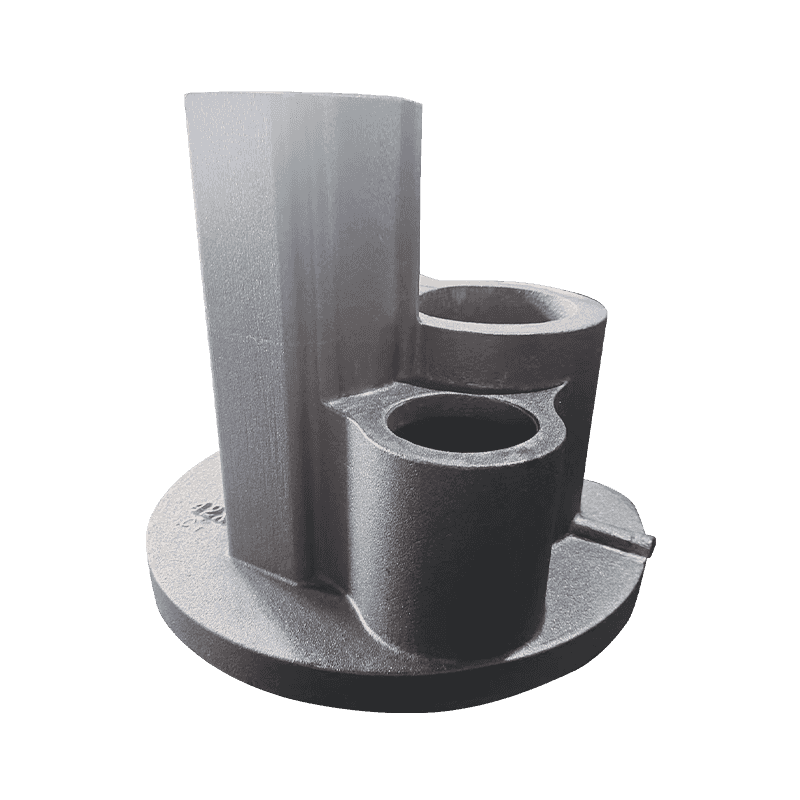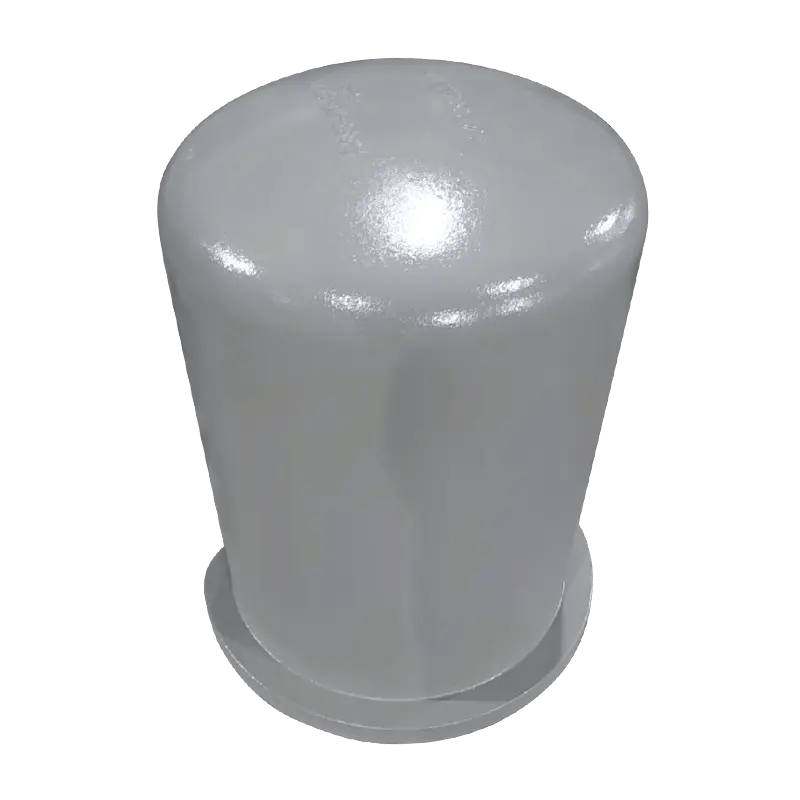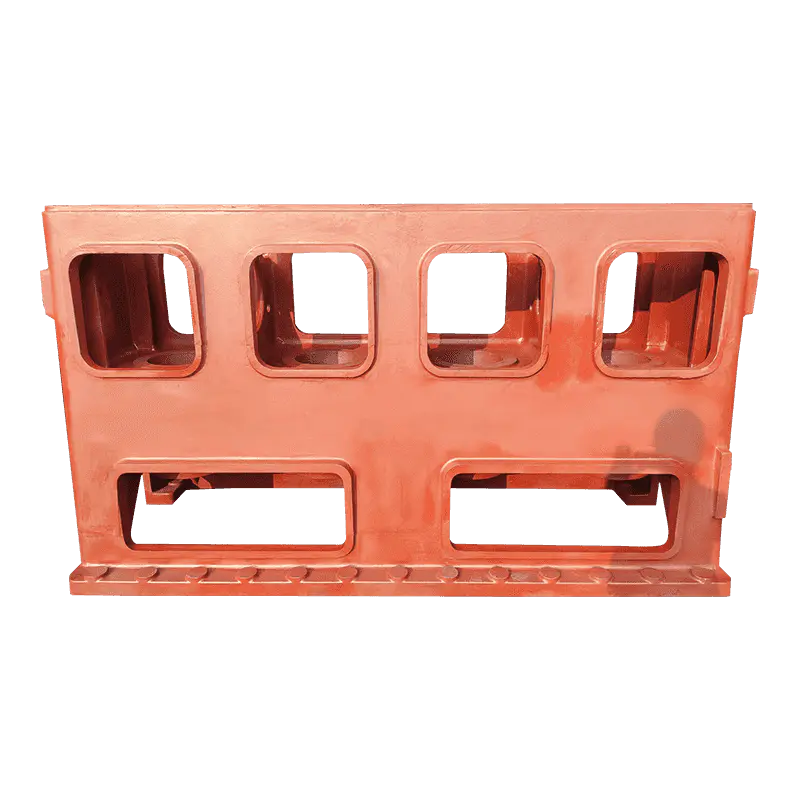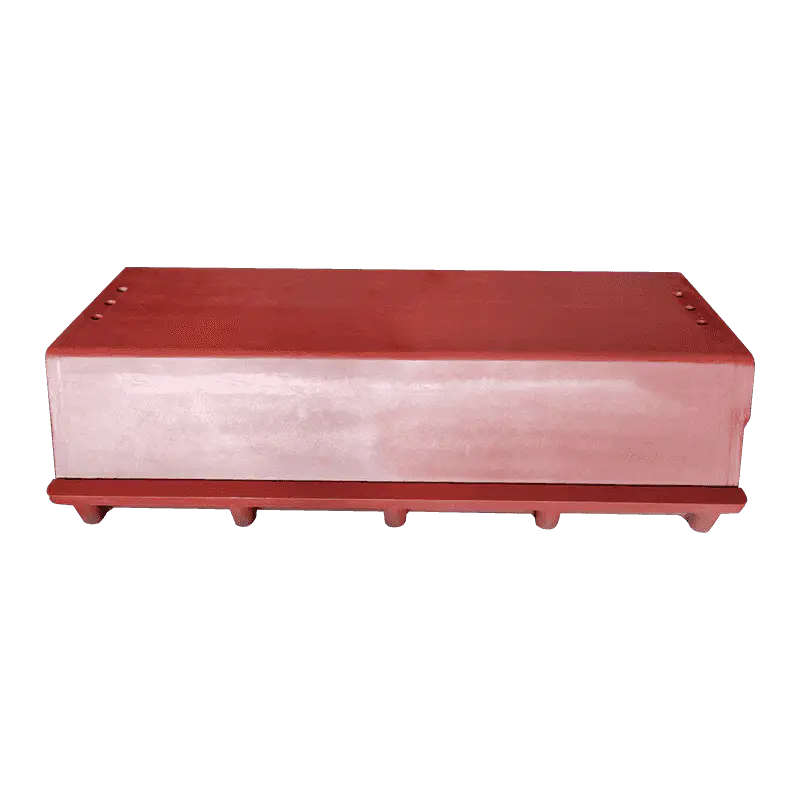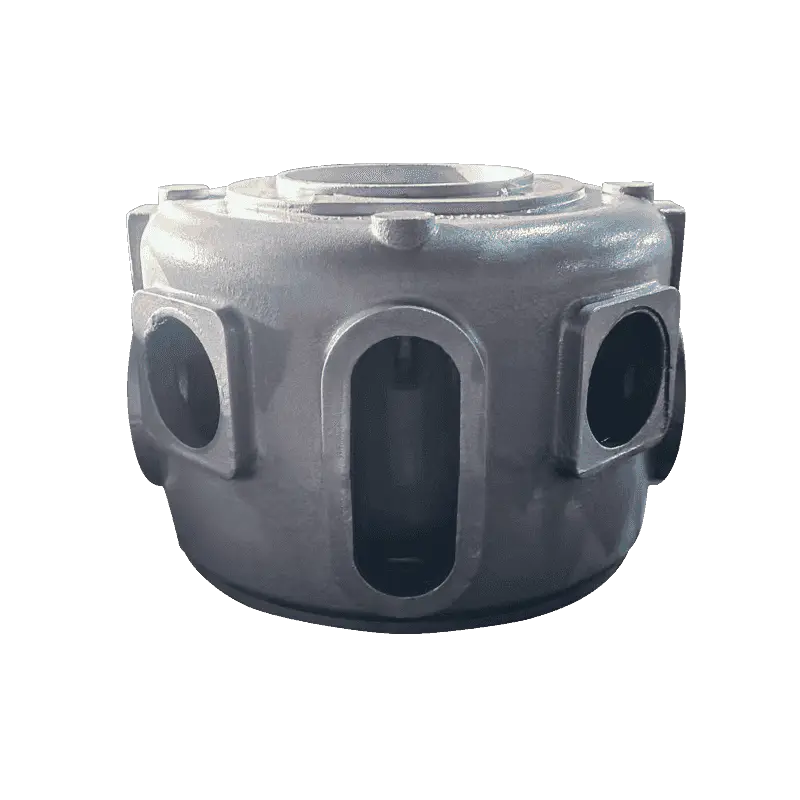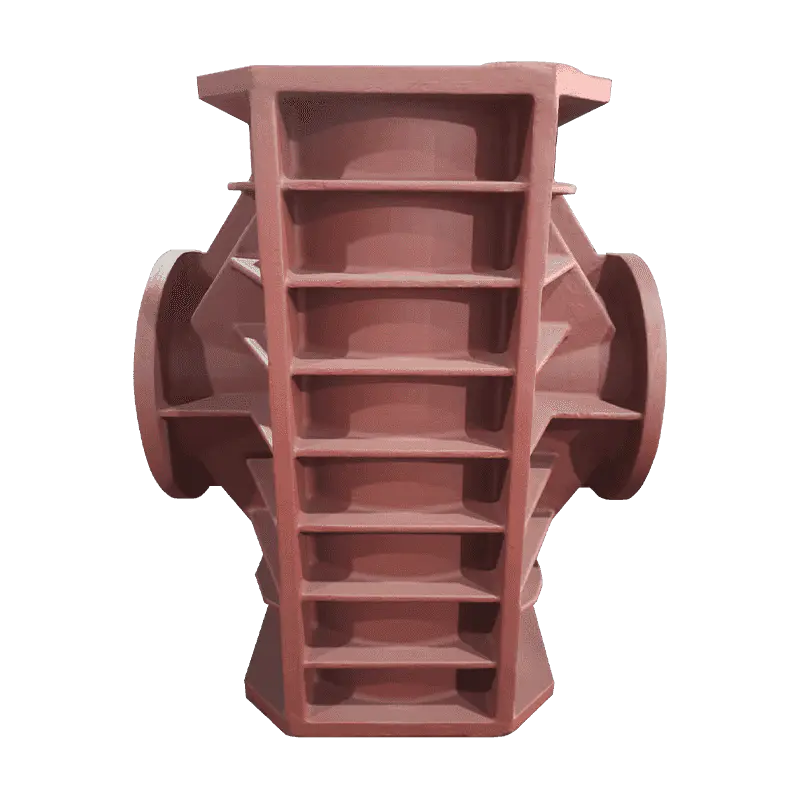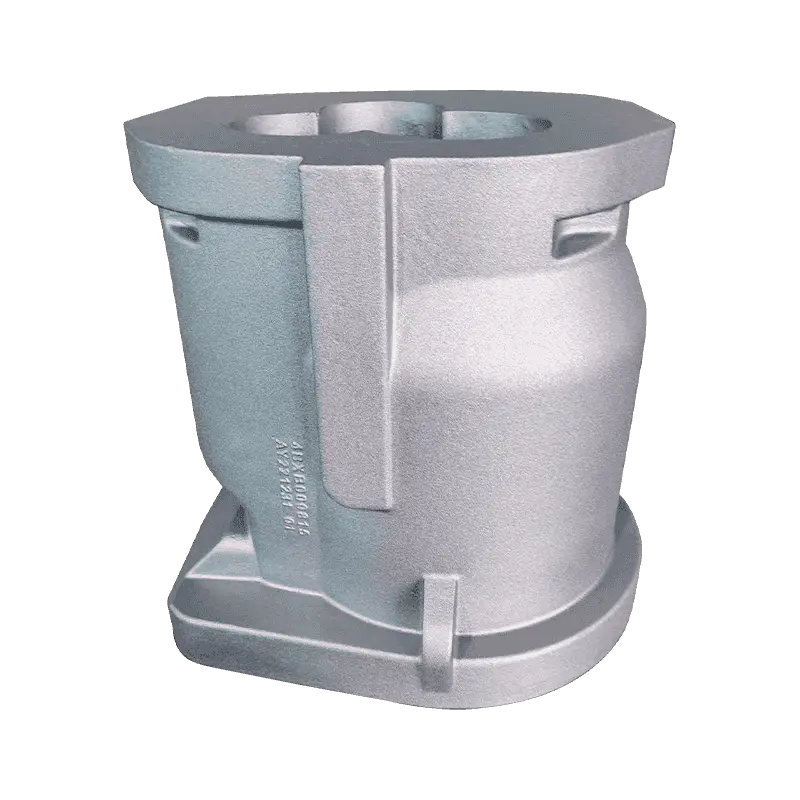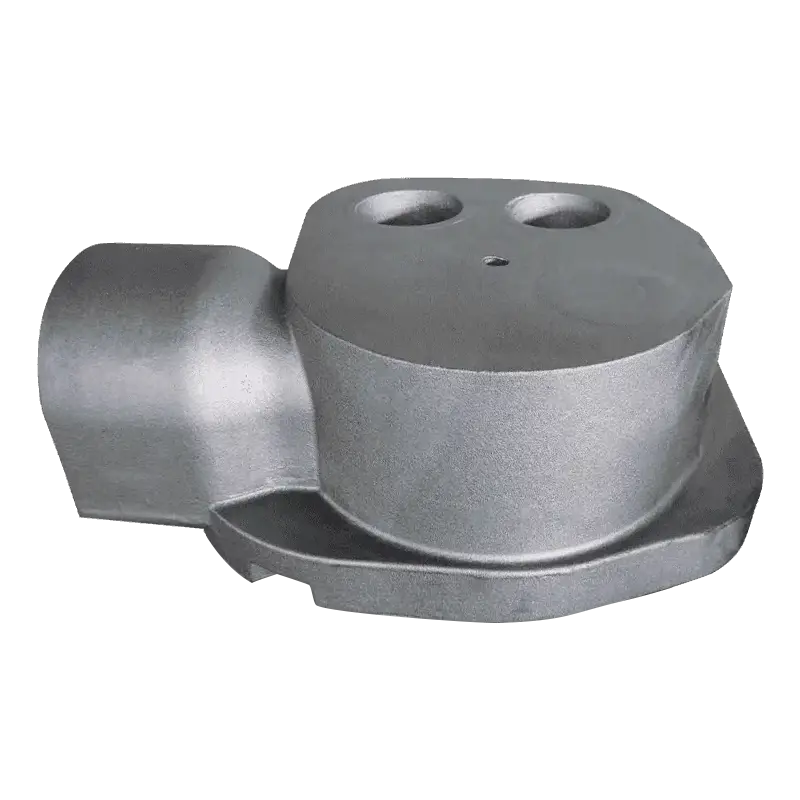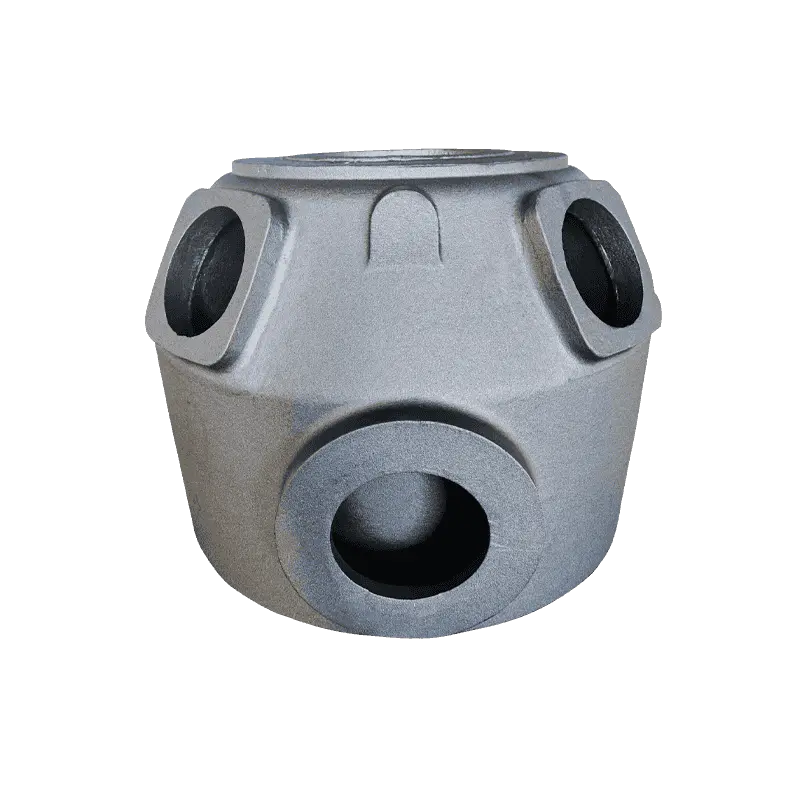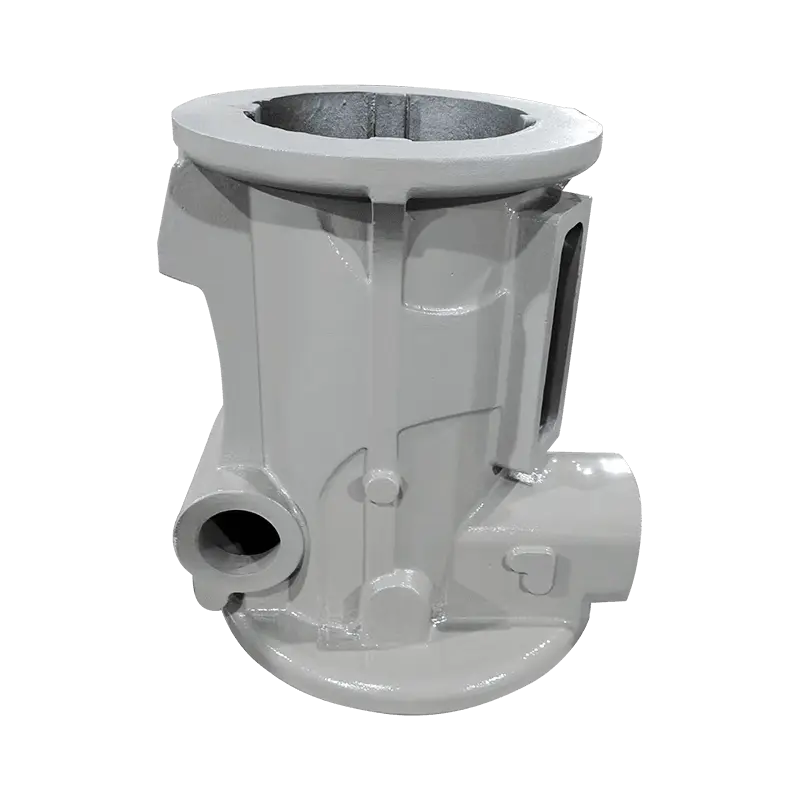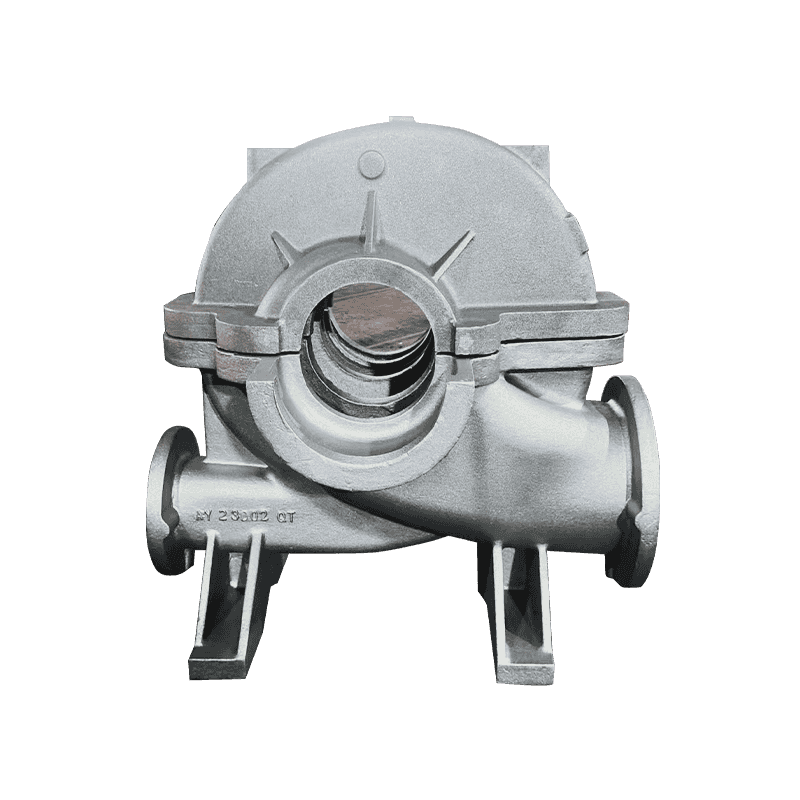Impact of Fluid Viscosity on Axial Flow Pump Performance
-
Reduced Flow Capacity: As viscosity increases, the fluid becomes more resistant to flow, which means the Axial Flow Pump must work harder to push the fluid through the system. This causes a decrease in flow capacity, which directly impacts the performance of the pump. Higher viscosity fluids do not move as easily, resulting in reduced pump efficiency. The increased resistance to flow requires additional energy input to maintain the desired flow rate, which can strain the pump system.
-
Increased Power Consumption: The energy required to move more viscous fluids is greater due to the added resistance the pump encounters. This leads to increased power consumption. The pump motor must overcome the higher viscosity, which can result in the need for a higher horsepower motor, or in the case of existing systems, a reduction in the system's energy efficiency. This increase in power usage not only raises operating costs but can also lead to overheating and premature wear on pump components.
-
Impaired Impeller Efficiency: The impeller in an Axial Flow Pump works by imparting kinetic energy to the fluid, which drives flow. However, as viscosity increases, the fluid becomes more resistant to being moved by the impeller blades. The result is a drop in the overall efficiency of the pump, as the impeller is unable to generate the necessary flow velocity or pressure. This inefficiency reduces the overall performance of the pump, especially in systems requiring consistent or high flow rates.
Optimization for Higher Viscosity:
-
Use of Larger Impellers or Multi-Stage Pumps: To accommodate the challenges of higher viscosity, one of the most effective strategies is using larger or specially designed impellers. These impellers provide a larger surface area to shear and move more viscous fluids. In some cases, multi-stage pumps may also be used, as they gradually increase the pressure and help overcome the resistance posed by viscous fluids. By building up pressure across stages, multi-stage pumps can more effectively handle high-viscosity fluids while maintaining efficiency.
-
Motor and Drive Adjustments: When handling more viscous fluids, it's essential to adjust the motor power to account for the increased resistance. Upgrading the motor to one with a higher horsepower rating, or adjusting the drive system to increase the motor’s speed, can help accommodate the additional load. Variable Frequency Drives (VFDs) are particularly effective in these situations, as they allow for the motor speed to be adjusted dynamically in response to viscosity changes, optimizing energy use and performance.
-
Viscosity-Resistant Materials: The wear caused by handling viscous fluids is more significant, so it’s important to choose materials for the pump that can resist abrasion and degradation. Impellers, seals, and other key components can be made from high-wear-resistant materials, such as ceramic or hardened metals, to prolong the lifespan of the pump when dealing with thick fluids. These materials reduce the friction and wear caused by the thicker fluid, thus enhancing the pump’s overall durability.
Impact of Fluid Temperature on Axial Flow Pump Performance
-
Changes in Fluid Viscosity: Temperature plays a critical role in the viscosity of most fluids, with higher temperatures generally reducing viscosity and lower temperatures increasing viscosity. When the fluid is warmer, its molecules move more freely, allowing the pump to move the fluid more easily, thus reducing resistance and improving flow efficiency. Conversely, lower temperatures increase fluid viscosity, making the pump less efficient and requiring more power to achieve the same flow rate.
-
Flow and Head Capacity Variations: The temperature of the fluid can also affect its density, which in turn affects both flow and head capacities. Hotter fluids have lower density, meaning they flow more easily, which can reduce the pump’s head capacity at a given speed. In contrast, colder fluids are denser, which increases the load on the pump and can affect the head capacity. These changes in fluid density can lead to fluctuations in the pump’s performance, requiring careful system adjustments to maintain consistent flow.
-
Thermal Expansion of Pump Components: Different materials expand and contract at different rates when exposed to temperature changes. For the Axial Flow Pump, this means that seals, impellers, bearings, and casings can expand or contract, which may lead to changes in pump alignment and efficiency. If these components expand too much at higher temperatures, they can cause friction or misalignment, leading to inefficiencies or even premature failure of the pump parts. On the other hand, contraction at lower temperatures can result in looser fits, reducing the overall system’s effectiveness.
Optimization for Temperature Variability:
-
Insulation and Heating Elements: For pumps that deal with fluids at very low temperatures or highly variable conditions, using insulation around the pump and associated piping can help maintain the desired viscosity. Heating elements integrated into the pump casing or system can maintain the fluid temperature within a range that optimizes pump performance. This is especially critical when dealing with highly viscous or sensitive fluids that may thicken at colder temperatures.
-
Variable Speed Control: The use of a Variable Frequency Drive (VFD) allows for the speed of the Axial Flow Pump to be adjusted dynamically. This adjustment is particularly useful in managing the effects of temperature fluctuations on viscosity. By controlling the speed of the pump, the operator can ensure the pump operates efficiently regardless of the changes in temperature and viscosity. This helps maintain a consistent flow rate and reduces the risk of overloading the pump.
-
Thermal Management for Pump Components: Regular maintenance, including the use of temperature-resistant seals, bearings, and coatings, helps protect the pump from thermal expansion issues. Specialized thermal management materials can be incorporated into critical components to allow them to operate efficiently at both low and high temperatures. This ensures that the pump remains efficient and durable across a wide temperature range.

